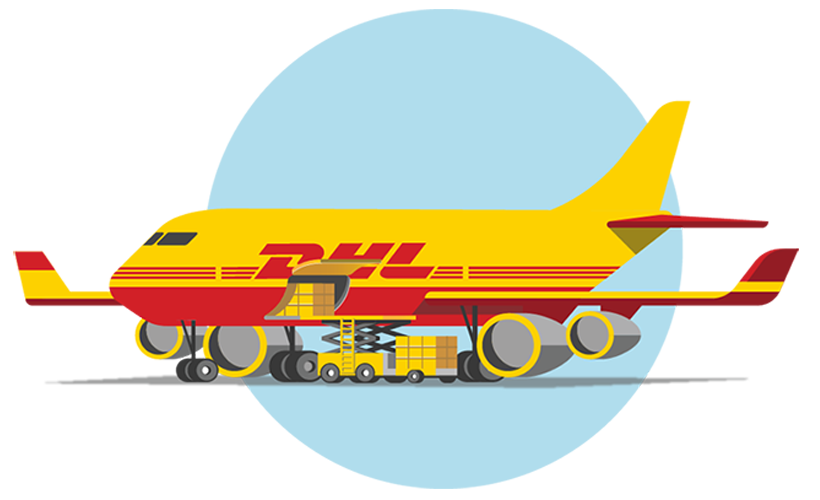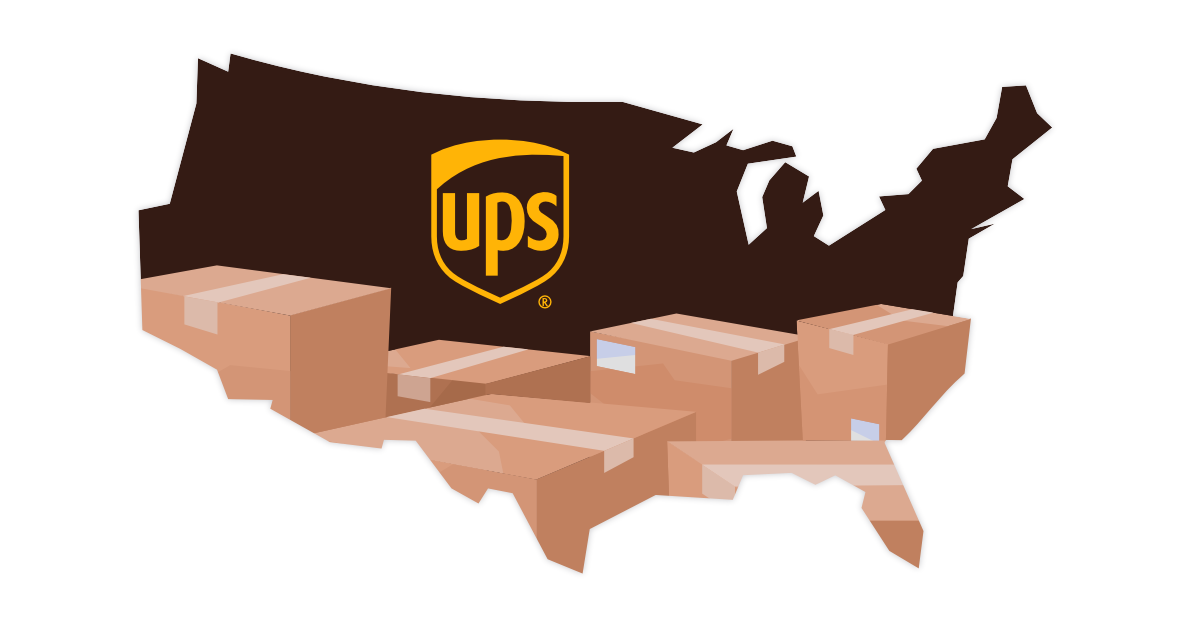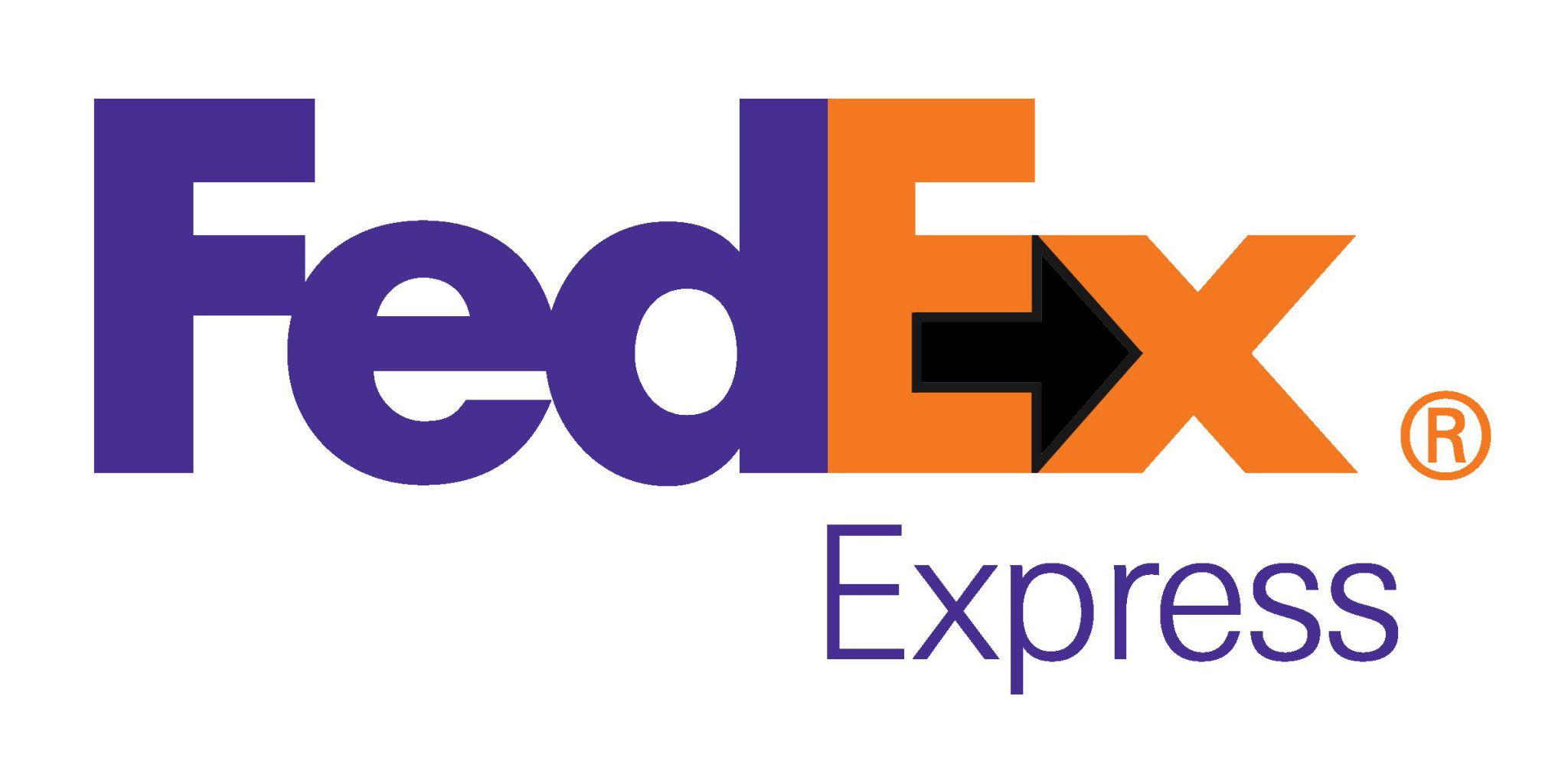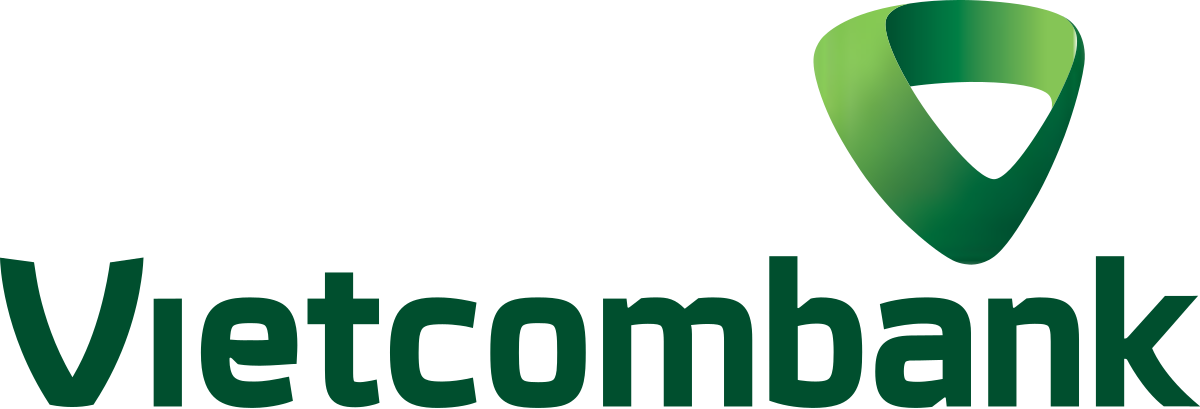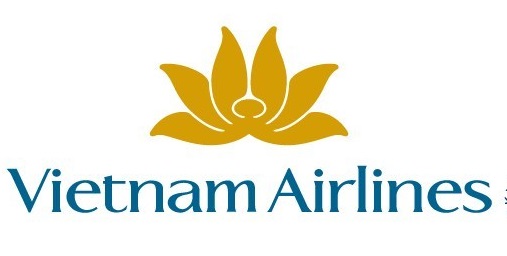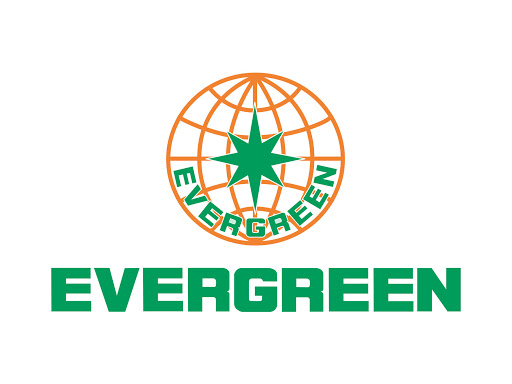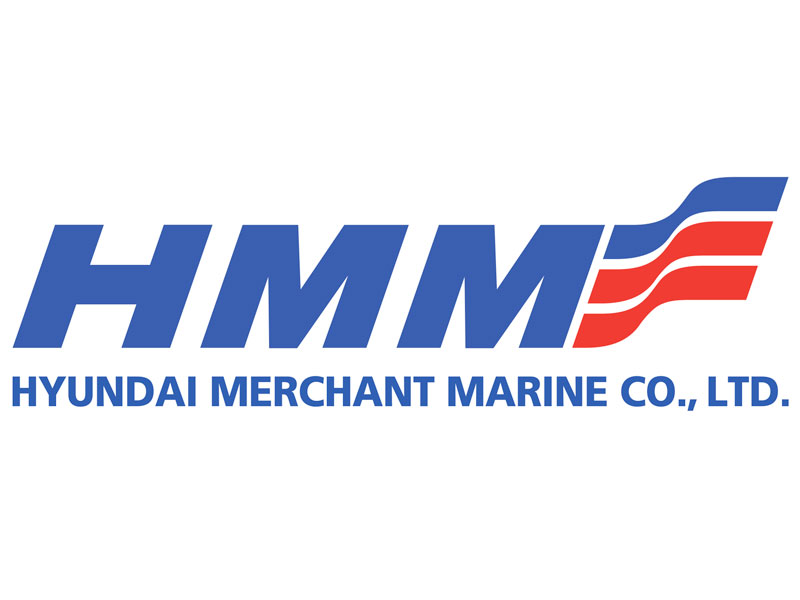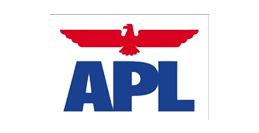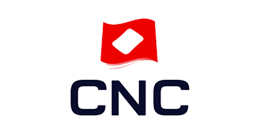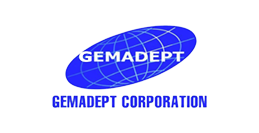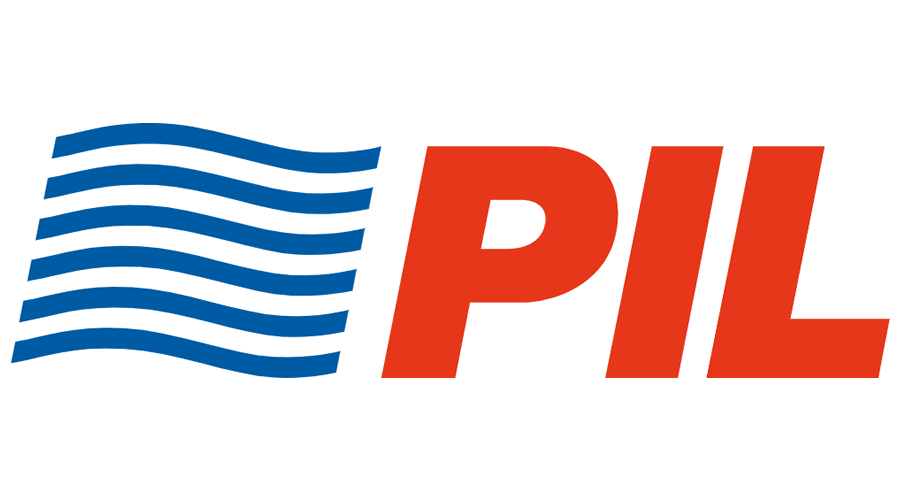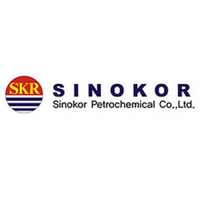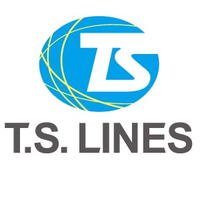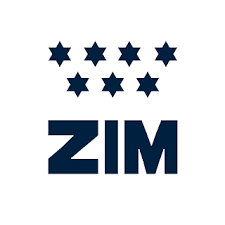The Sprint burndown chart is a easy, yet highly effective device for tracking project progress, particularly in time-critical tasks. By comparing ideal and actual effort over time, the burndown chart supplies a practical measure of the team’s accomplishments within the Sprint. And as a outcome of it presents clear insights into the remaining work, the chart additionally helps Scrum groups keep organized, self-motivated, and aligned towards their frequent objective. Agile burndown charts monitor how much defect burndown chart work is left on a dash or project and the way a lot time the team wants to complete that work. Some burndown charts, particularly launch burndown charts, embrace a projection cone, which predicts the vary of potential completion dates based on the team’s present progress.

What Is A Burndown Chart? Information For Agile Teams
Burndown charts are essential assist for project managers as a outcome of their options and suppleness. They as soon as were unique to agile scrum teams but now they’ve moved past scrum and are used by ai networking any supervisor no matter the methodology.Burndown charts are only a begin. Any efficient manager makes use of a quantity of project administration instruments to visualise the project and make the job as easy and attainable.
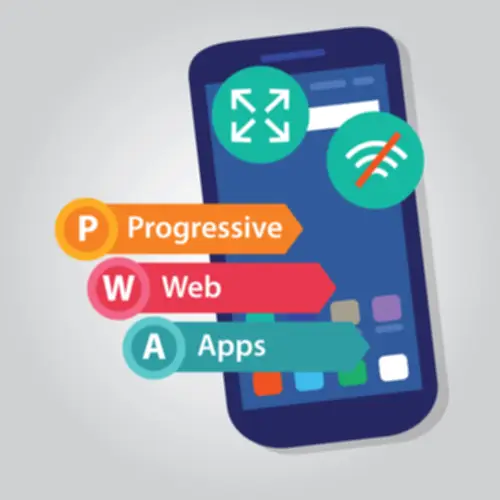
What’s The Dash Burndown Chart In Scrum?
Burndown charts present transparency and insight into how much work stays at any given cut-off date. The simplicity and readability of its visualization help keep away from data overload whereas providing valuable oversight of day by day actions. It expresses the quantity of e.g. story points accomplished per iteration. An import rule for calculating the speed is that solely stories which are accomplished at the end of the iteration are counted. Counting partially completed work (e.g. coding only – check missing) is strictly forbidden.
Hours Remaining In Burndown Charts – Agile Anti-patterns
- So, what are agile burndown charts and how precisely will they allow you to track (and share) progress toward your goals?
- In scrum projects, the X-axis typically displays the variety of sprints, whereas in different instances, it might show the number of days left until the project’s completion.
- Release burndown charts are in style with many groups because they work well in a big selection of situations.
A period of 3 days is observed throughout which the pink line doesn’t drop down and moves horizontally. Horizontal movement implies that there isn’t any actual progress on the tasks. Then we discover that the purple line is beginning to move very slowly downwards. When new issues are added with “Milestone”, “Due Date” and “Estimated Hours”, the info shall be added to Estimated Line.If the “Estimated Hours” is left clean, it goes to be calculated as 1 hour. To create an correct Burndown Chart, please enter “Estimated Hours” each time possible. Actual Line declines as a lot as “Estimated Hours” when an issue is completed.
Product owners and scrum masters may even recognize the kanban for its transparency in the dash. When going through a dash retrospectively, the kanban is an archive of what went right and what went wrong, allowing for future improvements. The easy, visually interesting format is used by many Scrum practitioners as a end result of it can be easily understood by all group members. To get much more correct we can also take the speed of modifications in whole work under consideration.
The project endpoint is farthest to the best and marks the final day of the project or iteration. Although the specifics can range, it’s common to see the beneath sections of a burndown chart. A Statement of Work (SoW) is a formal doc that comprehensively outlines the specifics of a project. It serves as a definitive information, detailing the project’s aims, deliverables, scope, timelines, and the roles and obligations of all events concerned. That best work remaining line assumes that you just full work on the identical pace all the time. That’s not likely to happen and it would be better named the typical work remaining line.
A burndown chart helps agile project administration groups hold observe of what’s been carried out, what needs to be carried out and the way much time is left within the project. While a burndown chart is historically a visible tool, it can also act as a listing that outlines the work to be done and what number of it’s complete. So, what are agile burndown charts and the way exactly will they allow you to observe (and share) progress toward your goals? Read on for a primer to get up to speed and know your ideal work remaining line, story level estimates, and work to do in your scrum staff. A burndown chart is a graphical illustration that shows the quantity of work remaining over a specific period, sometimes a dash or release cycle. One of essentially the most vital advantages of working with a burndown chart is its ability to offer up-to-date and correct details on project progress.
Our list view captures your tasks and reveals how a lot work is left earlier than duties are complete. This real-time data entry permits group members to remark and share recordsdata as wanted. Sharing your progress publicly moves the needle on productiveness even more, which is a fairly compelling case for visible project management tools like agile burndown charts.

In agile initiatives, burndown charts are usually of two sorts – product burndown charts and dash burndown charts.Product burndown charts give attention to the big image and visualize the entire project. The chart tells you the way many of the product objectives your team has achieved up to now and the way a lot work is left. Rather than dates, the horizontal axis reveals you the dash quantity while the vertical axis exhibits the story factors.
Burndown chart is usually utilized in agile software growth methodologies corresponding to Scrum. In addition, the chart typically contains a super work remaining line based on forecasting to function a benchmark for groups, although it is rare for any project to run ideally from start to end. The major objective of a Burn-down chart is for communication functions – regarding a product’s progress to the stakeholders. However, the aforementioned notion holds solely when the product timeline stays simple & simple.
Discover key parts, practical uses, and best practices for attaining your objectives. To mitigate this, add a mean work remaining line from the final completed iteration. Optionally you might also add work remaining lines for the bottom and the highest realized velocity. The purpose of using a burndown chart in a day by day stand-up is to get the team again on schedule once more. To keep away from making this error, groups should re-estimate their tasks on the end of every day and replace how much time is needed to finish the duty.
Burndown charts are used to predict your staff’s chance of completing their work within the time obtainable. They’re additionally great for preserving the team conscious of any scope creep that happens. The horizontal axis represents time while the vertical axis displays user story points. The rightmost point of the chart signifies the beginning of a project or agile sprint whereas the leftmost point exhibits its end.
Recognizing these patterns might help you optimize your software program growth course of and improve your group’s overall performance. An efficient burndown chart should include the general dash objective, which helps hold the team focused and motivated. The sprint aim is often represented as a goal line on the chart, indicating the desired progress at the end of each dash. While the precise progress might deviate from this goal, having a clear target helps guide the group’s work. Understanding every component is crucial for successfully studying and creating your individual burndown chart, which is a priceless tool in agile project management. A burndown chart is used to effectively calculate whether or not your staff has sufficient time to finish their work and is commonly used whereas working briefly iterations.
It helps teams track their progress toward a goal and understand how a lot work has been done versus how a lot remains. When it involves simplicity, burndown charts win due to their strategy. Burnup charts, nevertheless, present more details and might tell you concerning the adjustments in scope beforehand. Burndown charts will only register adjustments in options and scope after the iteration is completed.
Transform Your Business With AI Software Development Solutions https://www.globalcloudteam.com/ — be successful, be the first!



